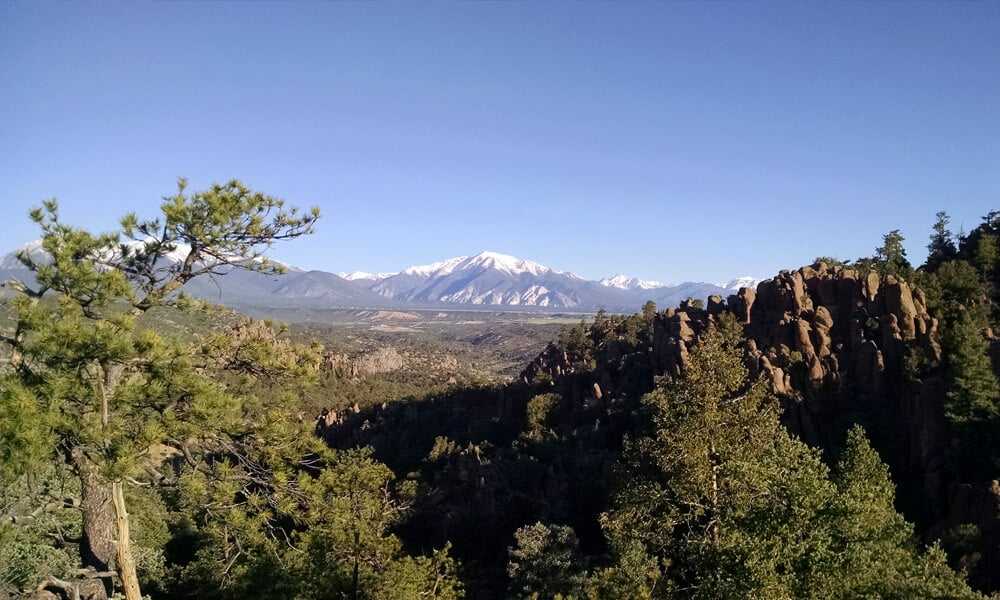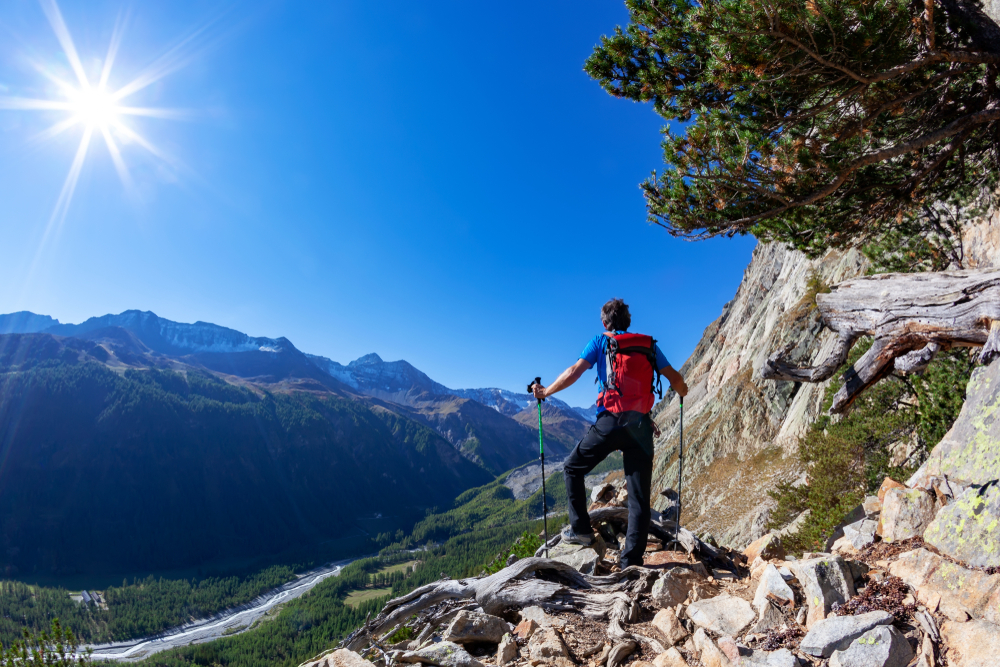EMSC
Well-known member
Return to winter. After a super warm spring ski week of sun and Temps across the west, I get 3 days at generally low angle Ski Cooper just as winter returned.
I'm here with my son for 3 days of racing. Super G Saturday, GS Sunday and SL Monday. Each day bringing colder and colder weather. Friday night brought only an inch on top of the refrozen surfaces. But it snowed nicely all morning adding 2 more inches. Given how low angle most terrain is it skied OK, though a bit scratchy. Certainly the low angle meadow skipping was the right ski area to be at for small snowfall after a warm spell. With some sun in the afternoon bringing Temps up to 26 or so. The race area is IMHO perfect for younger kids to learn Super G. Very confidence building.
Cooper was legit busy on Saturday. Even a short but continuous lift line on the double out of the base. Packed cafeteria line, packed bar, etc... whe all terrain was open, not surprisigly the T bar was not worth it ice bumps... which you could tell from the front side flat stuff, but a couple of the parents couldn't help themselves.
I've seen some space cadets on skis before, but they usually don't advertise themselves as such quite this blatantly

Steep & deep?

I forget if this was up top for the training run or 1st of 2 Super G race runs.

This weekend was also the ski Jouring competition on Sat and Sunday in Leadville. We missed the competition, but the main drag was closed, covered in snow and jumps. They also hold a snow mtb race on Sat night that starts a d ends on the snow covering the road. Not sure how many miles, but about 75 racers looped all around town o er the course of a couple hours in the dark. Kinda cool, kinda nuts.

I missed pics of the mass start as I was eating dinner when they streamed up the street.

More coming...
I'm here with my son for 3 days of racing. Super G Saturday, GS Sunday and SL Monday. Each day bringing colder and colder weather. Friday night brought only an inch on top of the refrozen surfaces. But it snowed nicely all morning adding 2 more inches. Given how low angle most terrain is it skied OK, though a bit scratchy. Certainly the low angle meadow skipping was the right ski area to be at for small snowfall after a warm spell. With some sun in the afternoon bringing Temps up to 26 or so. The race area is IMHO perfect for younger kids to learn Super G. Very confidence building.
Cooper was legit busy on Saturday. Even a short but continuous lift line on the double out of the base. Packed cafeteria line, packed bar, etc... whe all terrain was open, not surprisigly the T bar was not worth it ice bumps... which you could tell from the front side flat stuff, but a couple of the parents couldn't help themselves.
I've seen some space cadets on skis before, but they usually don't advertise themselves as such quite this blatantly
Steep & deep?
I forget if this was up top for the training run or 1st of 2 Super G race runs.
This weekend was also the ski Jouring competition on Sat and Sunday in Leadville. We missed the competition, but the main drag was closed, covered in snow and jumps. They also hold a snow mtb race on Sat night that starts a d ends on the snow covering the road. Not sure how many miles, but about 75 racers looped all around town o er the course of a couple hours in the dark. Kinda cool, kinda nuts.
I missed pics of the mass start as I was eating dinner when they streamed up the street.
More coming...




